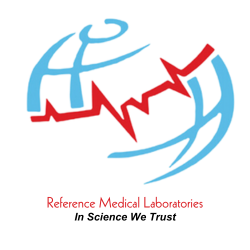
- Sabah: TB 17902, Lot B6 Pusat Komersial Gaya KM3.5, Jalan Guru. 91000 Tawau. Sabah.
- Selangor: Wisma Medinics, No 2, Jalan Astaka U8/88B, Seksyen U8, Bukit Jelutong. 40150 Shah Alam, Selangor.
- Mobile : +6016 831 5775
- Careline: + 6019 400 3352
- contact@refmedlab.com
Our Laboratories
Opening Hours
- Mon - Fri
- 8.00 am - 5.00 pm
Copyright ©2024 RefMedLab. All Rights Reserved